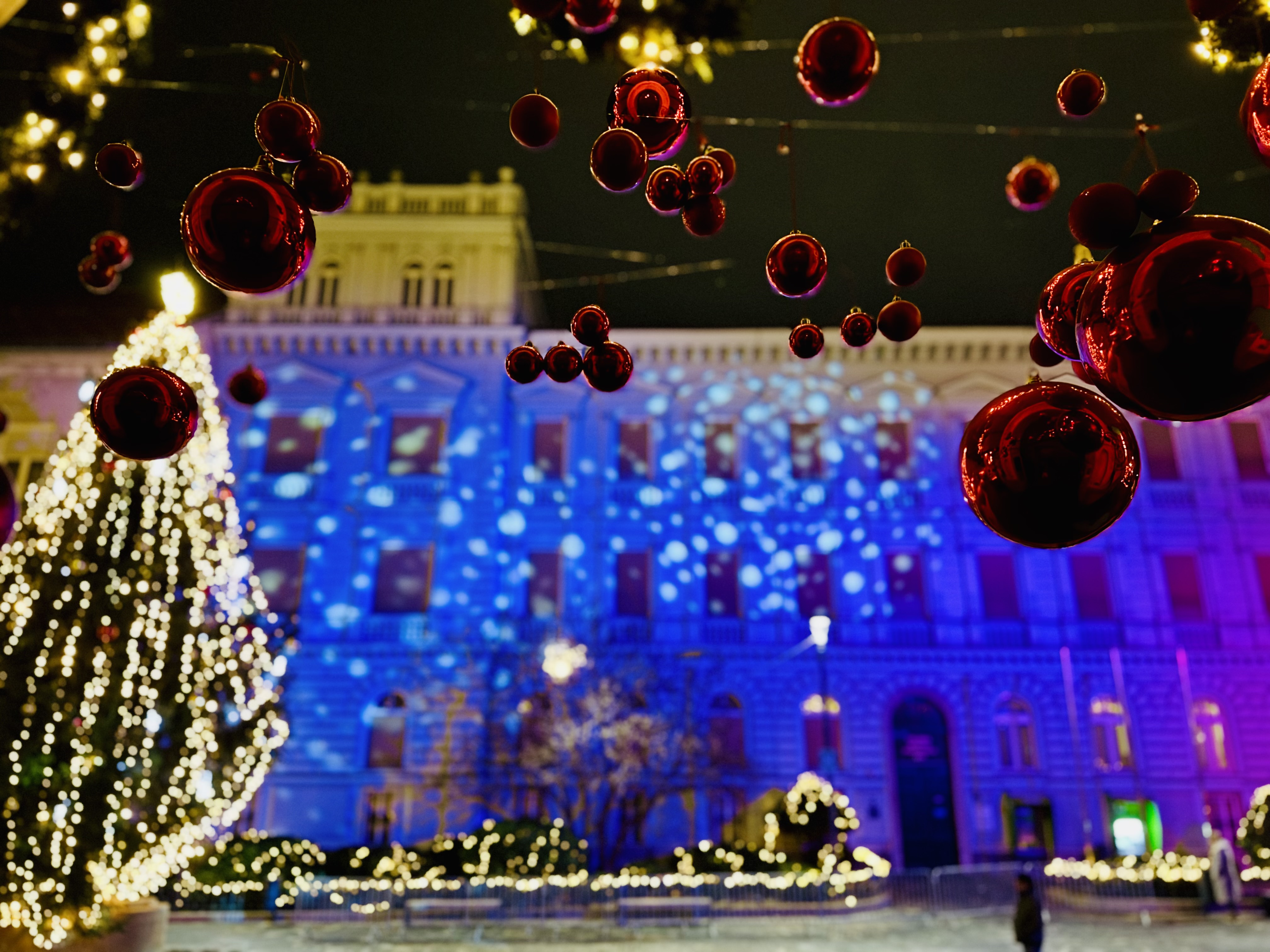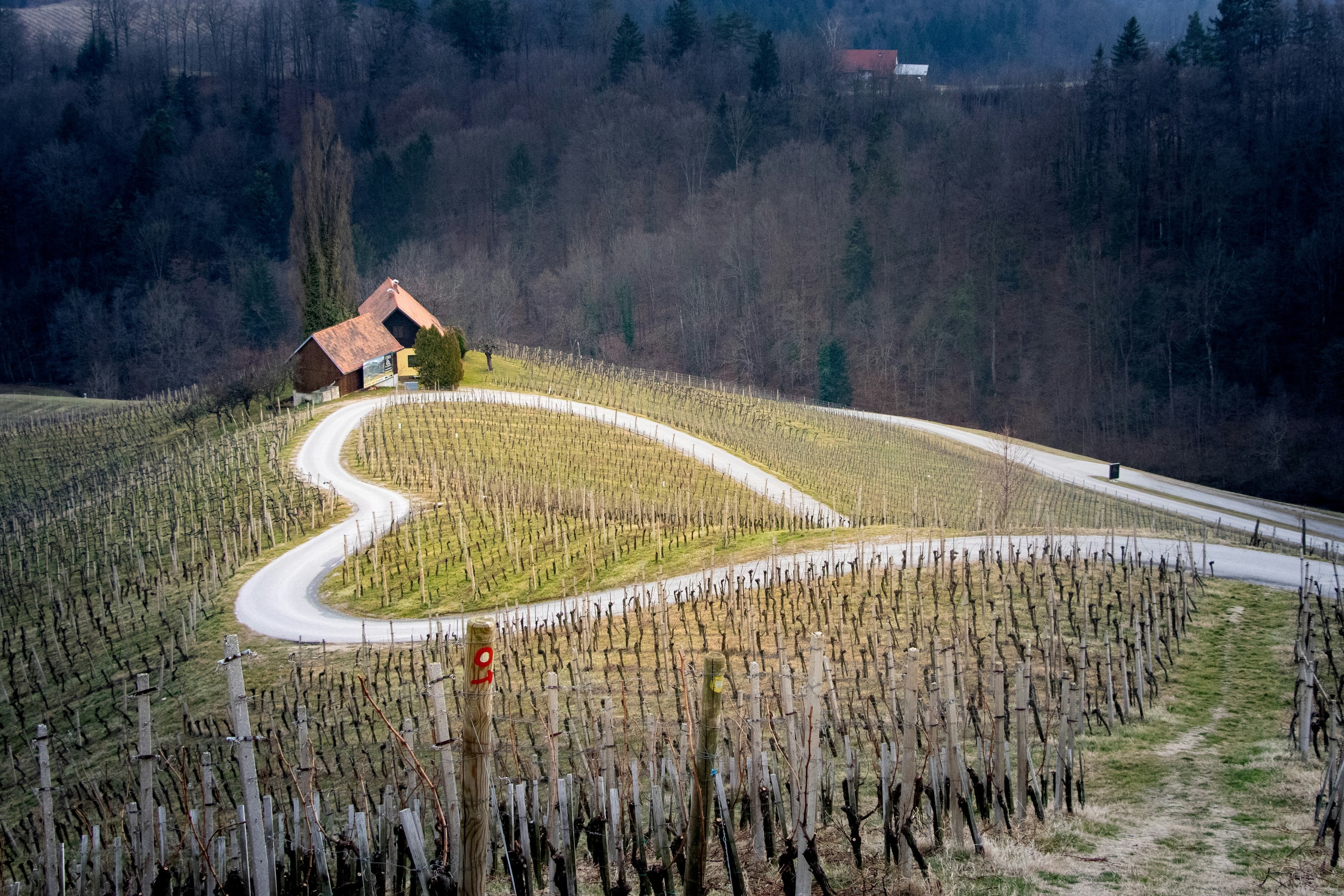UNESCO Heritage & Culture
.avif)
Slovenia is rich in stories shaped by time and tradition. From age-old customs to natural wonders, some are protected by UNESCO, others quietly extraordinary. Each one invites you to look deeper, travel slower, and connect more meaningfully. Get inspired by Slovenia’s rich heritage and discover which of these timeless treasures you’ll explore next.
Sweet Tradition: Beekeeping as Slovenia’s UNESCO Cultural Heritage
In Slovenia, beekeeping is not just a hobby — it's a way of life. With more than 12,000 active beekeepers and centuries of expertise, Slovenians have elevated the care for bees into a cultural identity that is now protected by UNESCO as intangible cultural heritage.
Slovenian beekeepers were among the pioneers of modern beekeeping techniques. The native Carniolan honeybee, known for its calm nature and productivity, is still proudly protected today. The country even initiated World Bee Day, celebrated globally on May 20 since 2018.
The importance of bees in Slovenia goes far beyond honey. Beekeeping traditions include colorful hand-painted beehive panels, the use of bee products for wellness, and even urban beekeeping initiatives in cities like Ljubljana. This rich heritage is just one of many cultural gems Slovenia offers.
Kurentovanje: Slovenia’s UNESCO-Recognized Rite of Spring
In the ancient town of Ptuj, Slovenia's oldest city, a unique and vibrant tradition unfolds each year: Kurentovanje. This carnival, held between Candlemas (February 2nd) and Ash Wednesday, is more than just a festive gathering; it's a deep-rooted cultural ritual that heralds the end of winter and the arrival of spring.
At the center of Kurentovanje are the Kurenti (or Koranti), mythical figures donned in sheepskin garments, wearing elaborate masks, and equipped with cowbells and wooden clubs. Their purpose? To ward off evil spirits and usher in a season of prosperity. The cacophony of their bells and the spectacle of their procession are believed to cleanse the community and invite positive energy.
Highlight:
The tradition's significance was internationally recognized in 2017 when the door-to-door rounds of Kurenti were inscribed on UNESCO's Representative List of the Intangible Cultural Heritage of Humanity. This acknowledgment underscores the ritual's importance in preserving Slovenia's intangible cultural assets.
Kurentovanje is not just a local affair; it's a magnet for visitors worldwide. The festival features a series of events, including parades, music performances, and traditional dances, culminating in a grand procession that showcases a plethora of ethnographic characters from Slovenia and beyond. The atmosphere is electric, filled with color, sound, and a palpable sense of communal joy.
This celebration is a testament to Slovenia's dedication to preserving and celebrating its rich cultural tapestry. As with the country's esteemed beekeeping traditions, Kurentovanje offers a window into the soul of Slovenian heritage—a blend of ancient rituals, communal participation, and a profound respect for the cycles of nature.
Idrija – Slovenia’s Mercury Heritage
Tucked into the forested hills of western Slovenia lies Idrija, the country’s oldest mining town and a UNESCO World Heritage Site. For over 500 years, this quiet valley was home to one of the world’s largest mercury mines, shaping the lives, architecture, and culture of its people.
The Idrija Mercury Mine, in operation from the late 15th century until the 1990s, brought international recognition to the town and connected it to the global trade of mercury. Today, visitors can descend into the Anthony’s Shaft, explore mining museums, and see impressive technical heritage that tells the story of generations of miners and engineers.
But Idrija is not only about heavy industry. It’s also known for the light touch of Idrija lace, a delicate bobbin lace tradition passed down through centuries. The blend of industrial strength and refined craftsmanship gives Idrija its unique character.
Recognized by UNESCO for its historic importance and contribution to science and culture, Idrija stands as a testament to Slovenian innovation, resilience, and tradition.
Škocjan Caves – Nature’s Underground Masterpiece
Highlight:
Hidden beneath the karst plateau in southwestern Slovenia lies a world of wonder: the Škocjan Caves, a UNESCO World Heritage Site and one of the most important underground phenomena on Earth.
Carved by the Reka River over millions of years, the caves are home to one of the world’s largest known underground canyons. As you descend into the vast chambers, cross dizzying bridges, and hear the roar of subterranean waterfalls, you feel as though you've stepped into a fantasy realm. The natural beauty here is matched only by its geological and ecological significance.
Škocjan is not just a tourist destination — it's a living example of the fragile balance between water, rock, and time. Visiting the caves is both awe-inspiring and humbling, reminding us of nature’s power and artistry.
Lipica – The Birthplace of the Lipizzan Horse
In the gentle hills of Karst, the village of Lipica has nurtured one of the world’s most elegant and iconic horse breeds for over 400 years. The Lipizzan horse, famous for its beauty, intelligence, and classical dressage performances, was first bred here in 1580. Today, the tradition is recognized as UNESCO Intangible Cultural Heritage.
Highlight:
At the Lipica Stud Farm, the oldest active stud farm in the world breeding Lipizzans, visitors can witness the deep connection between humans and horses. You can tour the stables, watch the horses train, and learn about the centuries-old care and expertise that go into raising these majestic animals.
Lipizzan breeding is more than a practice — it’s a symbol of Slovenian heritage, identity, and pride. These white horses, graceful and strong, carry with them a legacy that continues to captivate visitors from around the world.
These five highlights offer just a glimpse of Slovenia’s deep-rooted heritage and natural beauty. But there’s so much more to uncover—both iconic and off the beaten path.
Here are ten more cultural and natural treasures that showcase the diverse spirit of Slovenia.
10 Cultural and Natural Heritage Highlights in Slovenia
- Prehistoric Pile Dwellings (Notranjska region)
Remnants of wooden stilt houses built on lake margins, part of a wider transnational UNESCO site.
- Lacemaking in Idrija and Žiri
Intricate handmade bobbin lace, once a vital income source for women, now a delicate art form kept alive by communities.
- Velika Planina Alpine Pastures
A high-altitude plateau with traditional herdsmen’s huts and centuries-old cheese-making culture.
- Nova Gorica: European Capital of Culture 2025
A spectacular underground canyon and one of the most important karst landscapes in the world.
- Stična Monastery
The oldest functioning monastery in Slovenia, dating back to the 12th century, and a peaceful cultural sanctuary.
- Kostanjevica na Krki
One of Slovenia’s smallest and oldest towns, built on an island in the Krka River, with a vibrant arts and cultural scene.
- Sečovlje Salt Pans
Traditional salt harvesting by hand in the Sečovlje Salina Nature Park—a centuries-old practice tied to nature and patience.
- Žiče Charterhouse
A 12th-century Carthusian monastery tucked in a quiet valley, once a beacon of medieval spiritual and cultural life.
- Heritage of Vine and Wine in Maribor
Home to the world’s oldest grapevine and deep-rooted winemaking culture on the slopes of Pohorje.
- Piran and the Venetian Coastline
A jewel of the Slovenian coast with rich maritime history, narrow alleys, and elegant Venetian-Gothic architecture.


